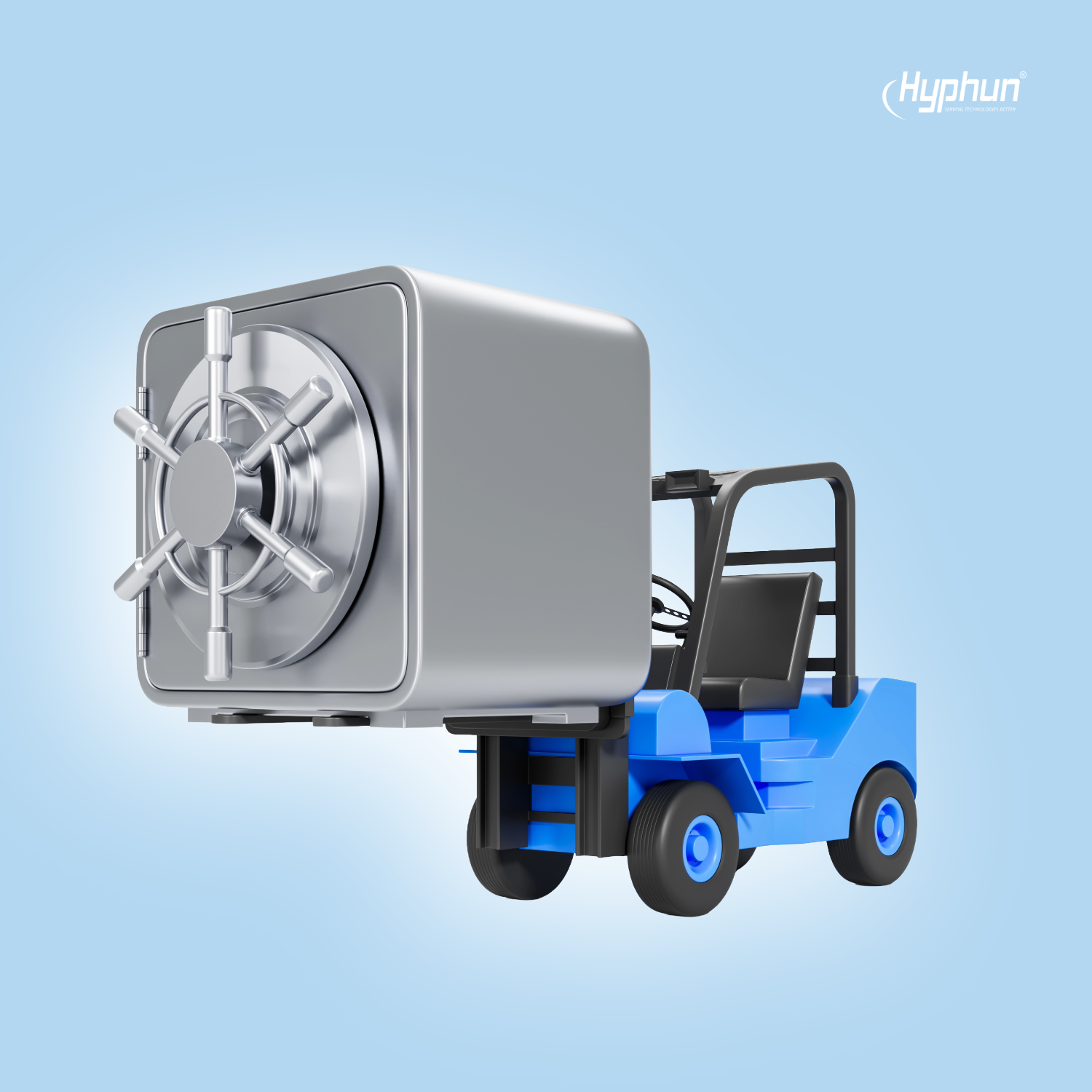Manufacturing Business Automation System

1. Introduction
The manufacturing industry is the core of any production business, playing a vital role in meeting global demands. However, the firm faces constant pressure to boost efficiency, reduce costs, and maintain high-quality standards. Although, it's not a new task for manufacturers, yet businesses strive hard to achieve the requirement. Why?
As the world is exponentially evolving, so are the demands. Now industries are juggling with the rise in market demands, tighter delivery schedules, and rising competition. These hurdles can be resolved by integrating the Manufacturing Business Automation System (MABF) in industries. The automation not only helps in enhancing production rates but also reduces operational costs by maintaining quality standards.
2. Client Overview
The company, one of the top market players in automotive manufacturing, faced obstacles in process and resource management streamlining. Struggles were encountered in the market that was growing and rising through operational complexity. Thus the firm wanted to optimize workflow, reduction of downtime to accommodate, and increase overall productivity.
Another thing that confused them was setting up operational monitoring in real-time, automating routine movement, and ensuring seamless coordination across production, inventory, and logistics. The client wanted a robust advanced automation solution tailored to their actual requirements that would give cost savings, better control over quality, and relatively keep pace with the changes taking place in the sector.
Overall, customer needs were to be met very effectively and efficiently through operational excellence as infrastructure by the client’s core vision.
3. Challenges Faced
The client experienced a few specific challenges that hindered day-to-day operations before implementing a manufacturing business automation system. Here are the observed hurdles:
Operational Bottlenecks in Manufacturing
Traditional operations and manual processes affected overall workflow that eventually caused delays in production schedules. Additionally, outdated systems' limited workflow visibility led to bottlenecks, impacting production and output quality. In fact, tracking and managing production timelines were becoming time-consuming and error-prone tasks for the organization.
High Operational Costs
Manual approach not only hampered the manufacturing process but also gripped exceptional labor and operational costs. This was due to inventory mismanagement that led to overstocking and stockouts. And the result was — heart-wrenching financial loss.
Lack of Integration Across Systems
As discussed above, the organization experienced unavoidable hurdles in the manufacturing process and inventory management. This approach severely affected outputs like delays in data sharing, poor coordination between departments, and missed opportunities for operational improvements.
These challenges hampered decision-making due to the absence of real-time insights. As a result, they were unable to meet customer experiences.
4. Solution Provided by Implementing Manufacturing Business Automation System
By observing It is quite clear that the ongoing system will provide lessons for others who develop and use enclosed methods to study the effects of their system. Below is a shortened summary of how the problems were addressed:
Process Automation
-
Automated production schedules that make the most of available resources and minimize any inefficiency in terms of downtime.
-
The arrangement of materials runs quite smoothly from one end to the other without any human hand, lessening the possibility of errors in inventory movements.
-
Workflow automation was incorporated within the system to adopt the automated processes removing all asymmetrical bottlenecks in mixing and linking departments too.
System Integration
-
The moving of centralizing operations inducing integration and taking down barriers is made with the help of the ERP (Enterprise Resource Planning) system available in the market with SCM (Supply Chain Management) contribution.
-
Generated a performance for real-time communications at work by the production group, logisticians, and inventory holders.
-
Transition of old legacy systems to modern tools while ensuring much smoother handover processes against ongoing operations.
Data Analytics and Real-Time Monitoring
-
Advanced analytics supported actionable intelligence on production performance efficiency, inventory levels, and cost trends.
-
Companies can now monitor production lines in real time to find and troubleshoot issues proactively.
-
IT service providers developed custom dashboards for single-view tracking of KPIs.
Role-Based Access and Safety Features
-
Role-based access control was a part of instruments to administer keeping access to data and functions in the hands of the person for whom it was most needed in the group.
-
Security Standards Installed to assist in maintaining unauthorized system access and cyber threats.
-
Logs keep a record of each individual who accessed a tool.
5. Implementation Process
The implementation of the Manufacturing Business Automation System followed a structured and strategic approach to ensure seamless integration and minimal disruption. Here’s how the process unfolded:
I. Planning and Analysis
-
Conducted a detailed assessment of the client’s existing processes, identifying pain points such as inefficiencies in production scheduling and inventory management.
-
Defined clear objectives, including system integration, real-time monitoring, and resource optimization.
-
Created an implementation roadmap with timelines and milestones for each phase.
II. Development
-
Designed a customized manufacturing business automation system leveraging cutting-edge tools such as ERP software, IoT devices for real-time tracking, and cloud-based solutions for scalability.
-
Integrated modules for production scheduling, inventory control, and data analytics to ensure end-to-end automation.
-
Focused on user-friendly interfaces and role-based access to enhance usability.
III. Testing
-
Conducted rigorous testing to identify and resolve any technical glitches or inefficiencies.
-
Simulated real-world manufacturing scenarios to validate the system’s functionality, accuracy, and reliability.
-
Gathered client feedback during the testing phase to fine-tune the system further.
IV. Deployment
-
Rolled out the system in phases to minimize operational disruptions.
-
Provided hands-on training to staff to ensure smooth adoption and efficient use of the new system.
-
Served post-deployment support for troubleshooting and performance monitoring.
6. Result & Benefits
The implementation of the Manufacturing Business Automation System delivered significant outcomes:
-
Improved Efficiency: Production downtime was reduced by 30%, and processing times became faster, ensuring timely order fulfillment.
-
Cost Savings: Automation lowered labor costs by 25% and optimized inventory management, reducing excess stock and associated expenses.
-
Enhanced Decision-Making: Real-time analytics and reports provided actionable insights, enabling informed decisions that improved overall performance.
-
Streamlined Operations: End-to-end integration ensured seamless collaboration across departments, eliminating data silos and manual interventions.
7. Conclusion
The Manufacturing Business Automation System implementation transformed the client’s operations, driving efficiency and reducing costs across the board. Automated workflows and real-time insights streamlined production, minimized errors, and improved decision-making. This case highlights how tailored automation solutions can address industry-specific challenges, ensuring long-term growth and scalability.
Recent Case Studies
Hyphun serves a wide variety of clients in different industries and transforms business by applying smart, intelligent and innovative approaches to solve major business challenges.







